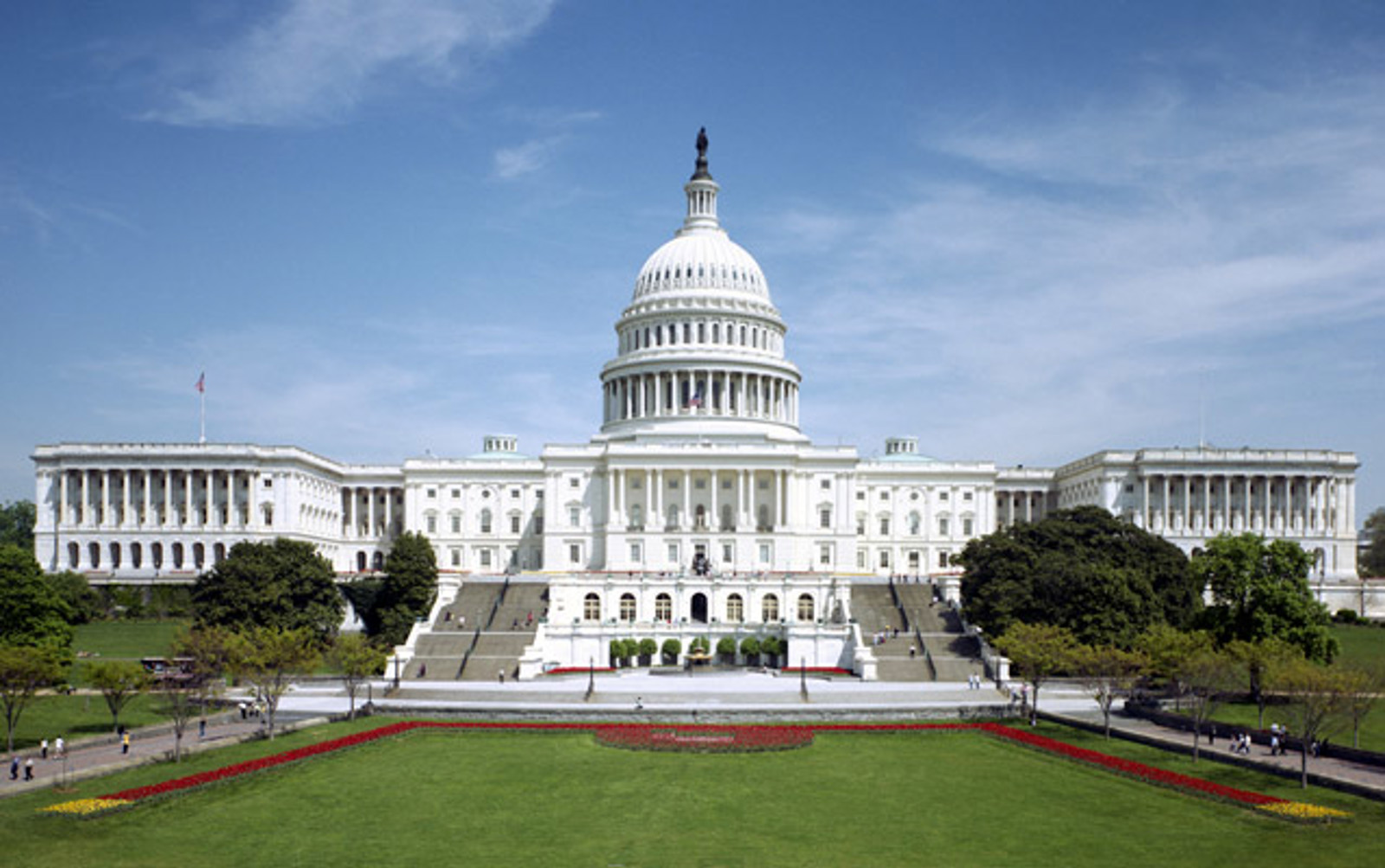Supreme Court Ends Chevron Deference
In a 6-3 decision, the Supreme Court overturned its landmark ruling in Chevron U.S.A. Inc. v. Natural Resources Defense Council, Inc. The Court’s decision in Loper Bright Enterprises v. Raimondo marks the end of four decades of judicial deference to agency interpretations of federal statutes. It also will bring changes – some predictable and others not – to how the Department of Education regulates colleges and universities.
The Court’s decision to overturn Chevron relied on its finding that the federal statute governing agency procedures – the Administrative Procedure Act (APA) – requires courts, not agencies, to decide all relevant questions of law. Although an agency’s own interpretation may be taken into consideration, “courts must exercise their independent judgment in deciding whether an agency has acted within its statutory authority…. But courts need not and under the APA may not defer to an agency interpretation of the law simply because a statute is ambiguous.”
In theory, the Court’s decision to overturn Chevron appears to be a stunning reversal of a major precedent that is the foundation of the modern administrative state. In practice, however, the Court’s ruling is likely to have a more limited effect for two reasons. First, the court stated that earlier cases that relied on Chevron are still lawful, meaning that the regulations at issue in those cases remain undisturbed.
Second, Chevron deference had already significantly eroded. To understand why, it is helpful to be familiar with the two-part test at the heart of the Chevron case. Under the first step of this test, courts asked if the statute was silent or ambiguous with respect to the issue at hand. If the statute was silent or ambiguous, then the court would proceed to step two, which required courts to examine whether the agency’s interpretation of the statute was reasonable. If it was deemed reasonable, then the agency’s interpretation would be entitled to judicial deference.
Over the years, the courts increasingly found that a statute was not silent or ambiguous and that it had been wrongly interpreted by the agency. As a result, courts often halted their analysis at step one, never reaching the point at which deference was owed to the agency. The Supreme Court itself had refused to apply Chevron deference since 2016. Given this erosion in judicial deference, the Court’s decision to overturn Chevron may have a less dramatic effect than it would at first appear.
Nonetheless, the ruling will certainly have consequences for both the Department and the institutions it regulates. First and foremost, the Department’s rulemaking efforts will probably become more vulnerable to legal challenges, both in terms of frequency and likelihood of success. Recent regulations that may be in increased jeopardy include financial value transparency and gainful employment, Title IX, and topics from the negotiated rulemaking last spring. The ruling may also limit the wild regulatory swings that occur with each change in presidential administration.
Although the Court’s ruling diminishes the Department’s authority, it notably increases the authority of the federal judiciary, which is now the ultimate arbiter of a statute’s meaning. The federal courts, however, are notoriously slow in reaching decisions, and the patchwork of federal judicial districts will inevitably lead to contrary rulings. Making federal policy via judicial ruling will almost certainly lead to chaos and delay at times. An ineffective Congress with limited ability to respond legislatively may only compound this effect. While it may take some time for the full consequences of the Court’s ruling to reveal themselves, colleges and universities should be prepared to confront a more uncertain policy environment than ever.
For more information, please contact:
Jody Feder

